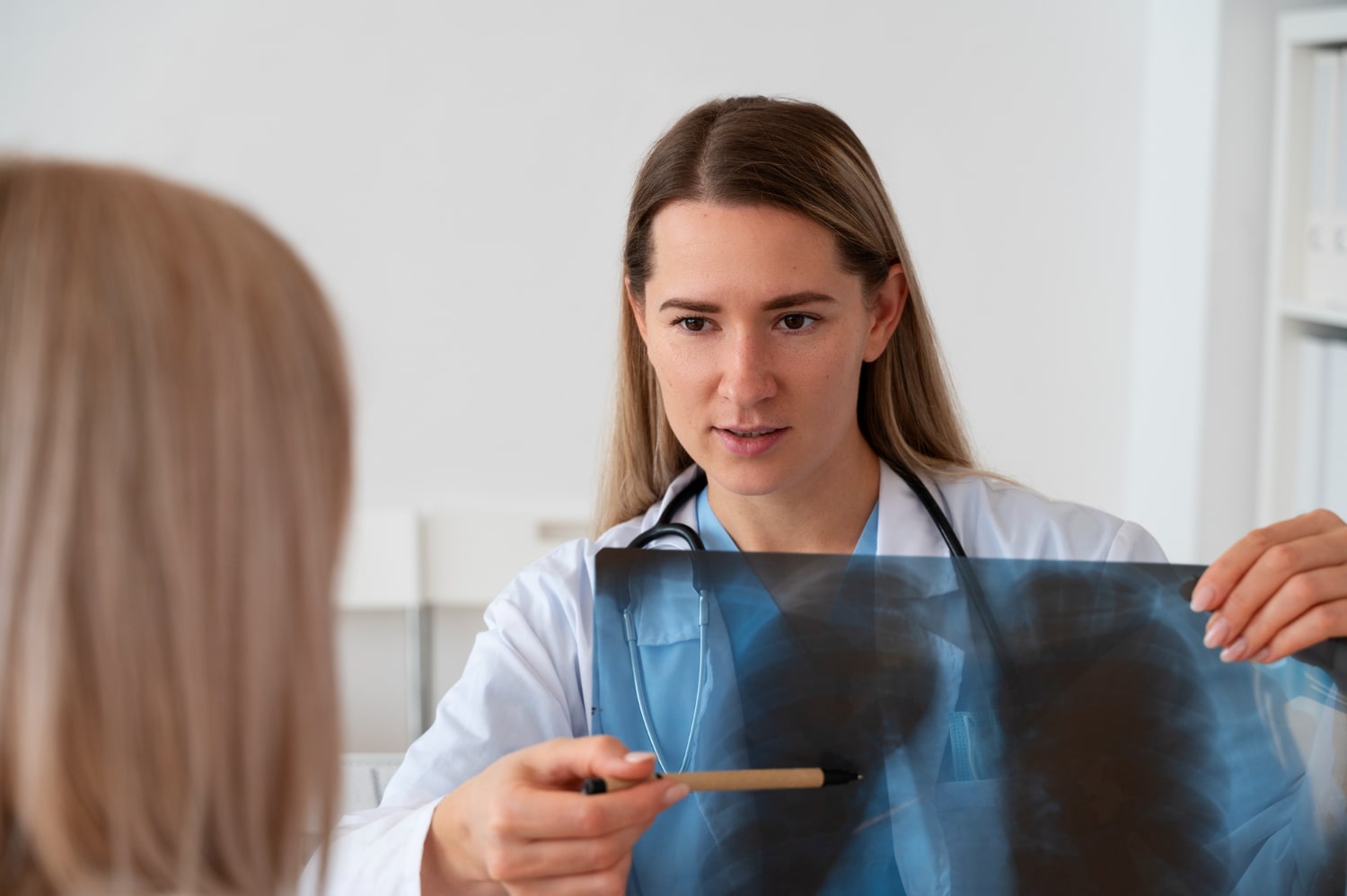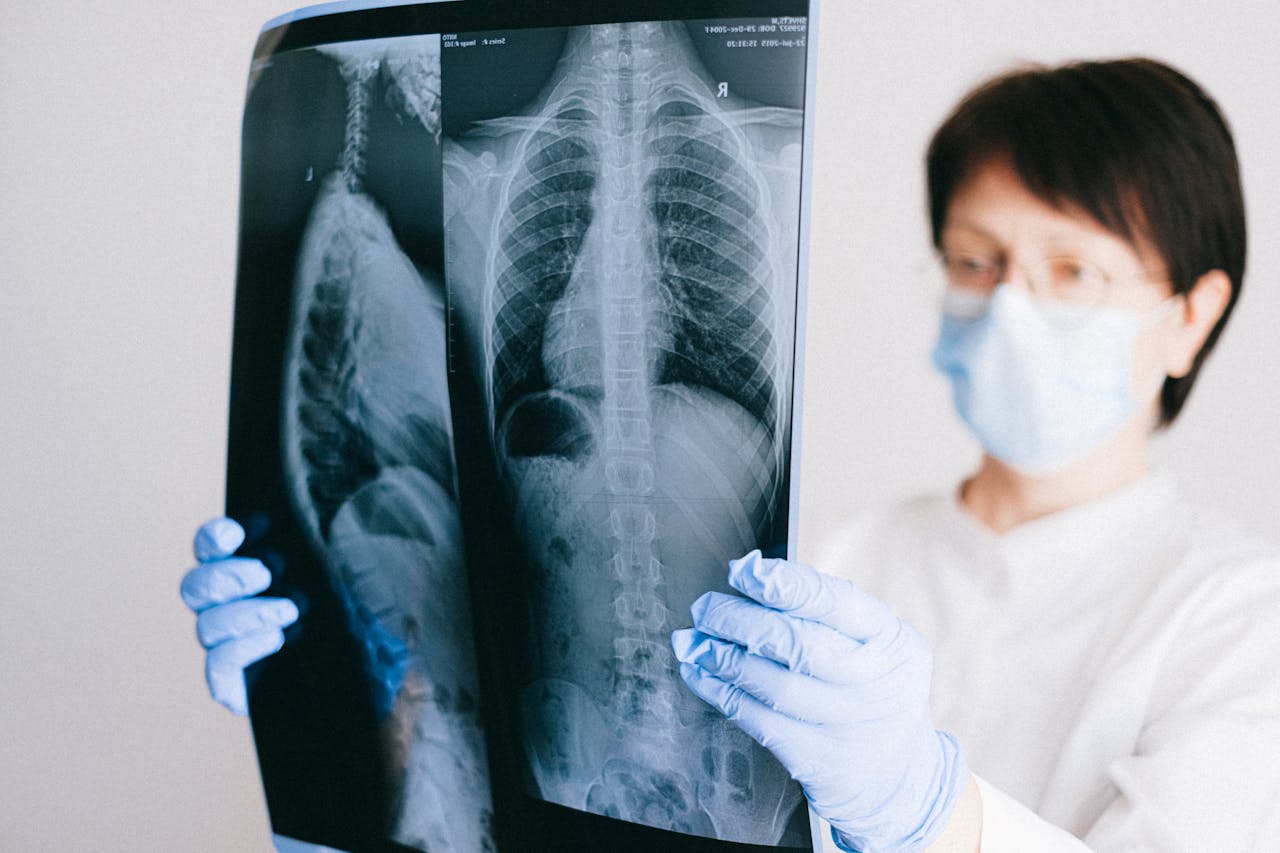End-stage lung cancer refers to the advanced phase of the disease. In this stage, individuals may feel extremely fatigued and weak. However, these symptoms can vary from person to person. The disease has spread beyond the lungs at this point. Although the chances of a positive response to treatment are low, advancements in medical technology continue to improve the quality of life for patients in this stage. So, what is staging in lung cancer, and why is it done? Here are the details.
What Is Lung Cancer Staging? Final Stage of Lung Cancer
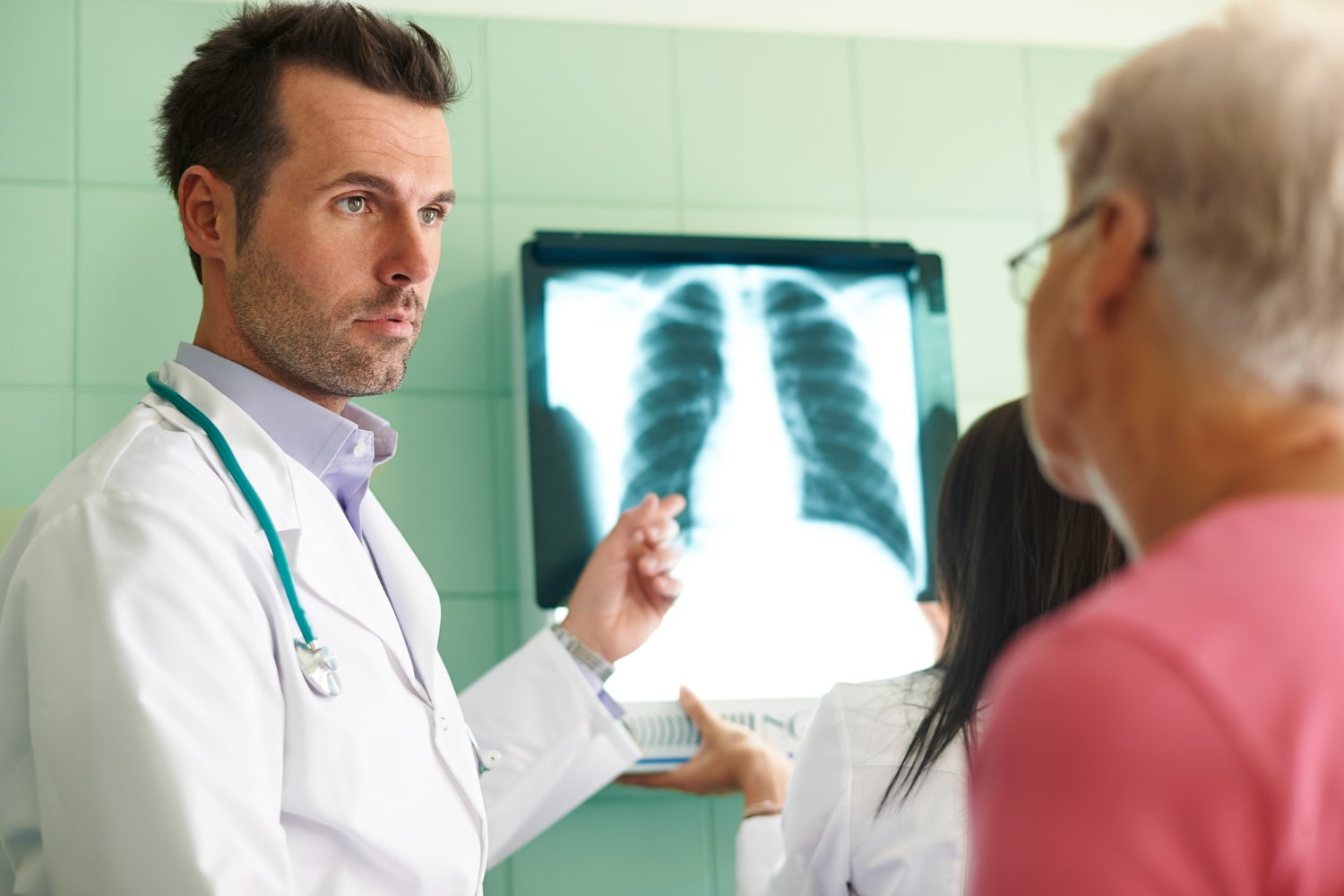
How is lung cancer identified in its initial or final stages? Staging refers to the classification of cancer based on whether it has spread beyond the lungs. Staging helps in planning a personalized treatment process and implementing practices to improve the patient’s quality of life.
Early diagnosis of lung cancer is crucial for a positive response to treatment. This is because the lungs are not pain-sensitive organs. The large surface area of the lungs provides ample space for cancer to develop. It is usually detected through imaging tests like CT scans or X-rays done for other reasons.
So, what are the stages of lung cancer?
1 – Stage 1 Lung Cancer
Before reaching the final stage, lung cancer progresses through various stages. The first stage is further divided into stages 1A and 1B. Details of these stages are presented in the table below:
| Stage 1A | Stage 1B |
|---|---|
| The tumor is smaller than 3 cm. | The tumor is between 3 and 4 cm. |
| No lymph node involvement. | The inner lining of the lung is affected, but no lymph node involvement. |
| Surgery is the most suitable treatment method. | Surgery is the most suitable treatment method. |
Common symptoms for both sub-stages of stage 1 include:
- Hoarseness
- Loss of appetite
- Difficulty breathing
- Persistent coughing
- Shoulder pain while coughing
- Fatigue
2 – Stage 2 Lung Cancer
Stage 2 lung cancer is identified when symptoms of stage 1 progress to more advanced levels. It is further divided into stages 2A and 2B. The characteristics of these stages are detailed below:
| Stage 2A | Stage 2B |
|---|---|
| The tumor size is between 4 and 5 cm. | The tumor size is between 5 and 7 cm. |
| No lymph node involvement. | Multiple tumors may be present in the same lung section. |
| Surgery is the primary treatment. | Surgery is the primary treatment. |
| Post-surgery chemotherapy or immunotherapy may be applied. | Post-surgery chemotherapy or immunotherapy may be applied. |
Common symptoms for stage 2 include:
- Frequent coughing
- Blood in sputum
- Fatigue
- Chest pain
3 – Stage 3 Lung Cancer
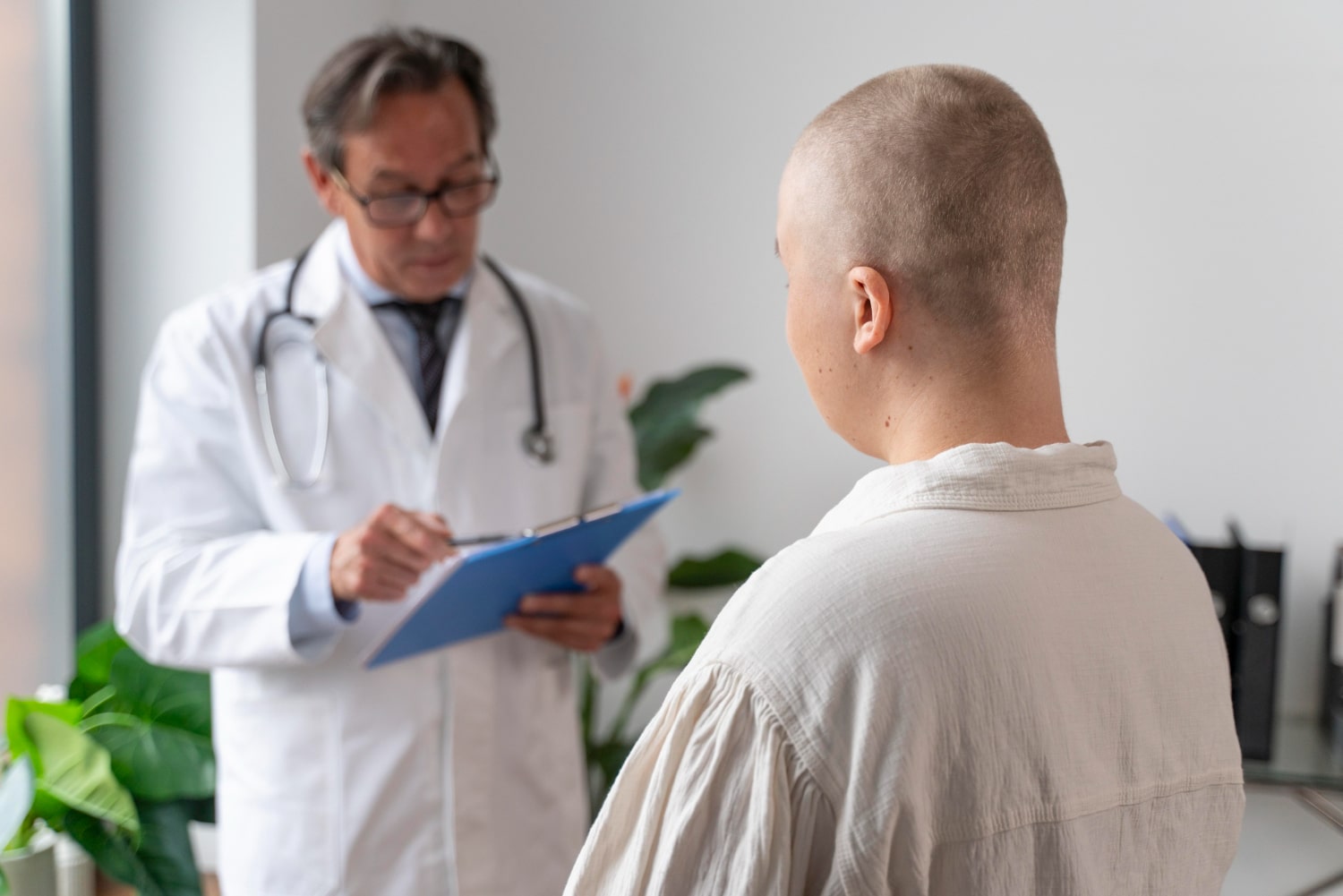 Stage 3 lung cancer is further categorized into stages 3A, 3B, and 3C. Surgery may be applicable for patients deemed suitable. However, combination therapies are generally applied at this stage. Symptoms include:
Stage 3 lung cancer is further categorized into stages 3A, 3B, and 3C. Surgery may be applicable for patients deemed suitable. However, combination therapies are generally applied at this stage. Symptoms include:
- Persistent coughing
- Severe chest pain
- Difficulty swallowing
- Unexplained weight loss
- Fatigue
4 – Final Stage of Lung Cancer
The fourth stage is the last stage of lung cancer. At this stage, cancer cells have spread beyond the lungs. Symptoms include:
- Difficulty breathing
- Chronic coughing
- Loss of appetite and weight loss
- Hoarseness
- Difficulty swallowing
- Fatigue
- Chest pain
- Reduced mobility
Stages 4A and 4B are further subdivisions of the final stage:
- Stage 4A: The tumor has spread to other parts of the body.
- Stage 4B: The tumor has formed multiple metastases outside the chest.
Treatment for Lung Cancer
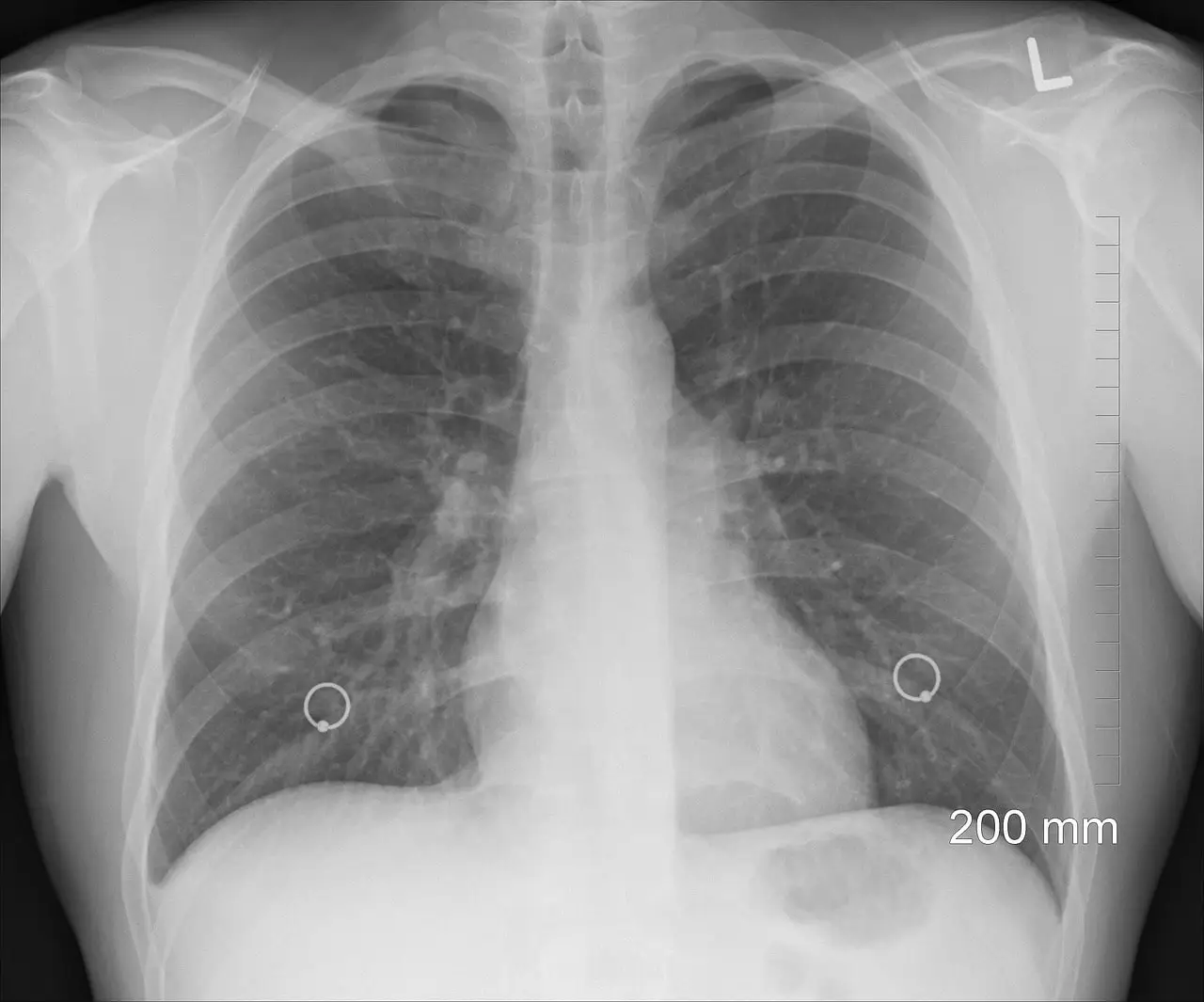 Treatment for lung cancer varies between stages. While surgical methods are effective in early stages, advanced stages require additional treatments such as:
Treatment for lung cancer varies between stages. While surgical methods are effective in early stages, advanced stages require additional treatments such as:
- Chemotherapy
- Immunotherapy
- Radiotherapy
- Targeted drug therapies
In end-stage lung cancer, a combination of treatments may be applied. The best decision will be made by your doctor. In Turkey, Professor Doctor Semih Halezeroğlu is a leading expert in lung surgery.
Frequently Asked Questions
You can find the most frequently asked questions and answers about the last stage of lung cancer below.
1 – What Is the Survival Rate for Stage 4 Lung Cancer?
Stage 4 lung cancer has the lowest survival rate. However, modern treatments aim to improve the patient’s quality of life. Survival time varies from person to person.
2 – What Are the Symptoms of Stage 3 Lung Cancer?
Symptoms include difficulty breathing, chest pain, and blood-streaked sputum. Survival chances are higher compared to stage 4.
3 – What Are the Symptoms of Stage 4 Lung Cancer?
Stage 4 symptoms include chronic coughing, difficulty breathing, loss of appetite, weight loss, hoarseness, and reduced mobility. Organ failure may also occur in this stage.
4 – What Are the Symptoms of Stage 1 Lung Cancer?
Symptoms of stage 1 lung cancer include coughing, breathing difficulty, wheezing, blood-streaked sputum, and fatigue. However, these symptoms are not exclusive to cancer. Consult a specialist for a definitive diagnosis.
5 – How Are the Final Days of a Cancer Patient?
In end-stage lung cancer, symptoms include weight loss, nausea, vomiting, urinary issues, circulation problems, breathing difficulties, fever, sweating, confusion, and muscle weakness.

